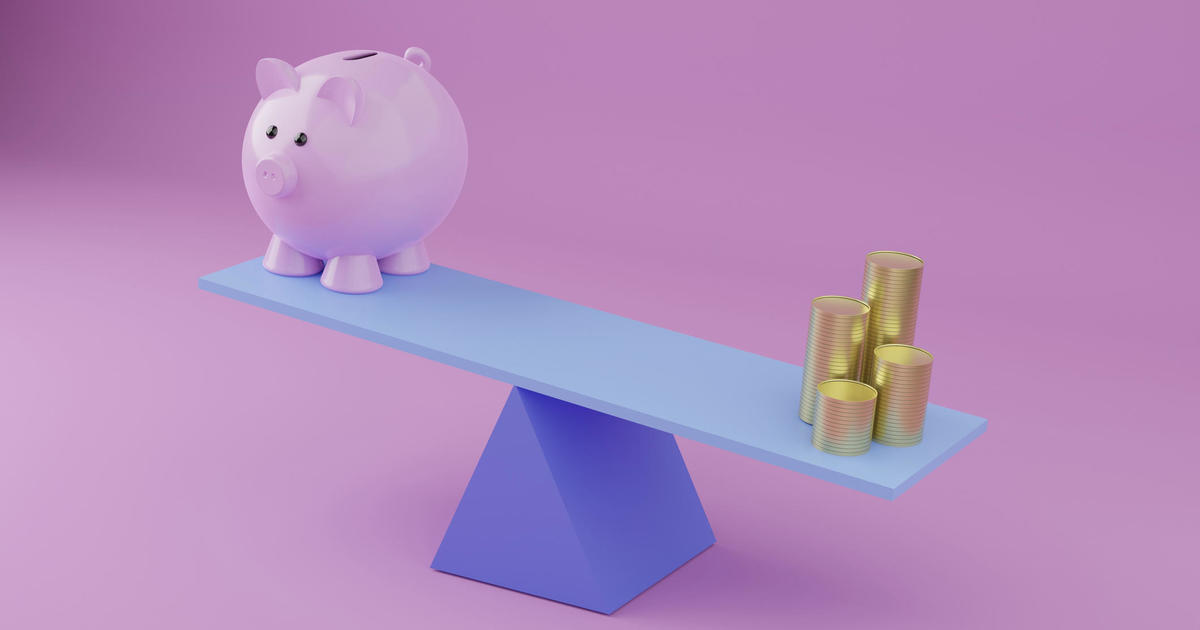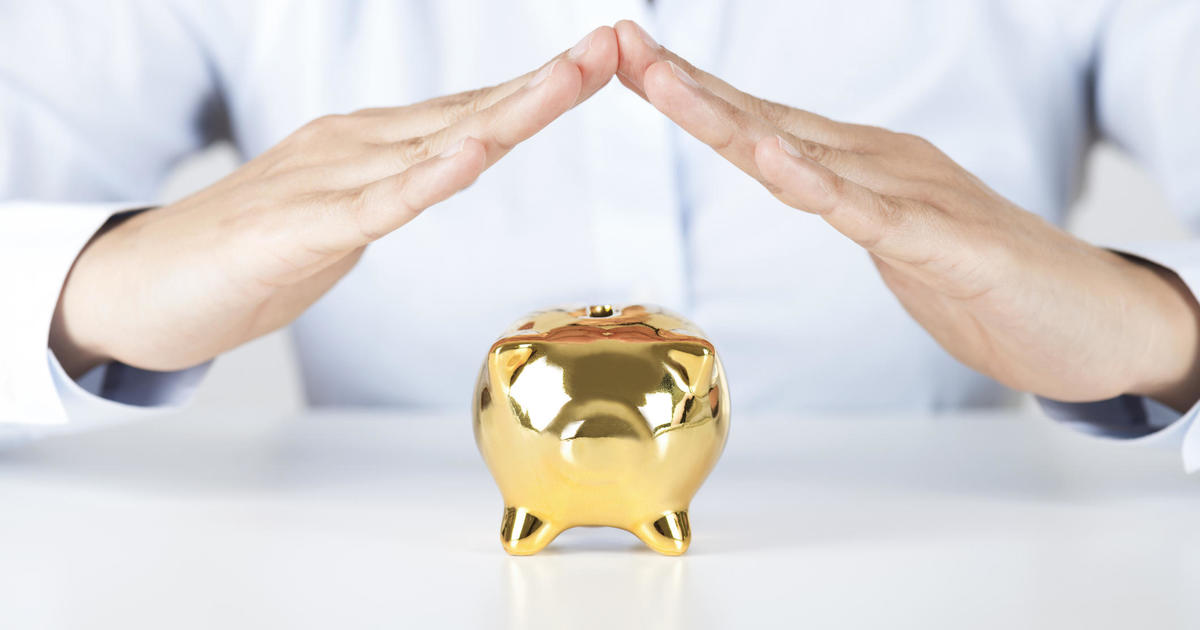Rate hikes: Now the question is, how quickly?
The wise New York Yankee Yogi Berra once said: “I never make predictions, especially about the future.” But Federal Reserve policymakers, who announced a quarter-point interest rate increase on Wednesday, made clear they expect two more such hikes this year, with a similar steady pace through 2019.
Will they be able to pull off the continuous string of increases that Fed Chair Janet Yellen outlined Wednesday at her post-announcement news conference? A lot of things can happen that could cause them to back off that ambitious program of three increases or so each in 2018 and 2019 -- ugly things like an economic crisis or a war. Or inflation could get out of hand, forcing them to speed up their timetable.
Yellen indicated that the central bank’s approach will be slow but steady, in keeping with the economy’s tortoise-like emergence from the nasty days of the Great Recession. On Wednesday, the Fed set a new range for its benchmark federal funds rate between 0.75 and 1 percent. “We’re not locked into any particular policy path,” she said, pointing out, as she always does, that the next steps rest on how economic indicators read.
Indeed, the current economic outlook is mostly heartening: Job creation is strong, with 235,000 added in February and 238,000 in January, the latest in an encouraging sequence of gains. Consumer sentiment is surging. Corporate earnings, which had been flagging, now are positive again.
With its rate hikes, the Fed wants to be sure that businesses and consumers continue to have access to credit needed for sound economic expansion. If the increases stay true to Yellen’s schedule, the federal funds rate will be 3.5 percent at the end of 2019, still on the low side historically.
The Fed wishes to keep rates abreast of inflation, to ensure it doesn’t get out of hand. Yellen’s ideal inflation number is 2 percent yearly, which it is near now. Further, the Fed wants to add what Wall Streeters call “arrows in the quiver” -- that is, escalating the fed funds rate sufficiently high so an easing move would be possible should a crisis occur.
A rate near zero, its level for seven years starting in late 2008, left the Fed no arrows to shoot.
The pace Yellen foresees is stately, if not soporific, and certainly cautious. The Fed’s history of rate increases shows that it used to be faster and more aggressive when it tightened or loosened. Some times, it would move by a half-point, not just a quarter. To combat the tech-bust recession in the beginning of the last decade, the Fed lowered rates over 13 meetings, from 6.5 to 1 percent.
Then as the economy began to cook, it acted in 17 sessions between 2004 through 2007 to lift rates from 1 percent to 4.25 percent. But as the housing crash grew worse and sparked the financial crisis, in 2007 and 2008, the Fed slammed down rates from 4.25 to near-zero in 10 steps.
After the Fed’s action Wednesday, immediate reaction in the investment community was positive about the prospects of further tightening, meaning rate increases. Joseph Brusuelas, chief economist at Chicago’s RSM US financial consulting firm, hailed “a more confident Fed that indicated a modestly quicker pace of tightening in 2018 and 2019.”
Trouble is, a lot can happen during the next three years. “I don’t know if the Fed will have the intestinal fortitude” to keep tightening if problems crop up ahead, said Bryce Doty, senior vice president at Sit Fixed Income, a Minneapolis mutual fund house.
Here’s a rundown of forces that may alter the Fed’s plans:
Flinching under fire. There’s precedent for the current Fed retreating once some conditions turn south. The Fed envisioned four rate hikes in 2015 and also in 2016. It ultimately went with one each year, at the end of both, marking the slow beginning of the current tightening cycle.
In 2015, the Fed paused amid an emerging market slowdown, U.S. manufacturing sector weakness and a skid in oil prices. When it finally moved to tighten, it faced a lot of skepticism. “The economic recovery has clearly come a long way, although it is not complete,” Yellen admitted at the news conference following the announcement of the first rate boost in this cycle in December 2015.
In the first half of 2016, a cascade of bad news convinced the Fed to hold off again: China racheted back on growth, the oil bust got worse, Britain voted to leave the European Union and U.S. economic growth dropped. When the Fed finally moved in December, the first half’s ill tidings didn’t seem as threatening, and domestic GDP had improved. “Economic growth has picked up since the middle of the year,” Yellen said at the time, to justify the late 2016 rate rise.
With caution as its watchword, Doty said he wouldn’t be surprised to see the Fed hike three times more this year and maybe once in 2018 -- and pause. “Then they’ll wait and see,” he said.
And what if the economy retreats again? The Atlanta Fed recently lowered its first-quarter GDP growth estimate (the period ends March 31, in two weeks) to a mere 0.9 percent. “We have confidence in the robustness of the economy and its resilience to shocks,” Yellen said, even though its record of delays in 2015 and 2016 shows otherwise.
The Trump factor. President Barack Obama wanted to spend more to goose growth, but a GOP-controlled Congress wouldn’t let him, arguing that his proposed spending would be wasteful, ineffective and add to the swelling national debt. So the heavy lifting on stimulus fell to the Fed.
Now, with the central bank raising rates, the action is shifting to the government’s fiscal side -- Mr. Trump wants to slash taxes and launch a huge $1 trillion infrastructure build-out. With Republicans in control on Capitol Hill, he may get his way.
And then a clash could develop between the White House and the Fed, which the president may view as an obstruction, with higher rates diluting the elixir of greater federal spending. The Fed’s GDP forecasts are out of sync with those of the Trump administration, which wants to lift growth from its current doldrums of around 2 percent annually to 3.5 or even 4 percent.
The Fed, however, sees economic growth of 2.1 percent this year and next, with just 1.9 percent in 2019.
Yellen told the press conference Wednesday that the Fed had not yet sussed out what Mr. Trump’s program, costing upwards of $3 trillion, could mean to the economy and the central bank’s plans. “We haven’t tried to map it out” because few details are available yet, she said.
Meanwhile, Mr. Trump likely will soon have greater sway over the Fed, which is set up as an independent body. Two vacancies exist on the Fed’s Board of Governors, which the president can fill. Another governor, Daniel Tarullo, said he’ll leave in early April, bringing the openings to three. Yellen’s term as chair expires early next year, and Mr. Trump has indicated he won’t reappoint her. (She can stay on as a governor until 2024.)
The capital markets’ feet of clay. One reason the Fed is cautious on its tightening pace: The risk that sudden rate raises can shake up the capital markets -- which can affect the key indicators of economic health that the Fed watches, like consumer spending and demand for housing.
When the Fed launched a rapid-fire succession of increases in 1994, markets tanked. At that time, “the markets didn’t expect such hawkishness,” meaning aggressive increases, recalled John Augustine, chief investment officer at Huntington Bank in Columbus, Ohio.
Stock investors seem to be taking the current rate rises in stride. The S&P 500 is up 16 percent since the Fed began raising rates in December 2015. But they could be living in a fool’s paradise. “Investors are fat, dumb and happy,” because of recent market runups, Sit Fixed Income’s Doty said, so they’re perfectly positioned to panic if bad news hits.
Witness what happened in 2013, during the so-called Taper Tantrum, when the Fed’s then-chair, Ben Bernanke, announced that the central bank would ease away from its enormous buying of bonds. Called quantitative easing, this scheme was designed to stimulate the sluggishly growing post-recession economy. Both stock and bond markets, fearing the loss of the Fed’s stimulative IV drip, sold off.
A more solid economy has improved investors’ spirits these days. After the Fed session on Wednesday, prices for stocks and bonds nudged up a little bit. The old adage of how stocks react to Fed increases is “three steps and a stumble.” That is, stocks slide after the third increase, like the one we saw on Wednesday.
But according to Sam Stovall, CFRA’s chief investment strategist, that isn’t so. In the 17 rate-tightening cycles since World War II, he found, the market didn’t wait until the third hike to stumble. That happened after the first one, or in anticipation of it.
The question is, given the markets’ skittishness in the recent past, will they be so blase if serious bad news crops up? In a tumultuous world, a stumble may well lurk ahead. And that could alter the Fed’s schedule profoundly.



